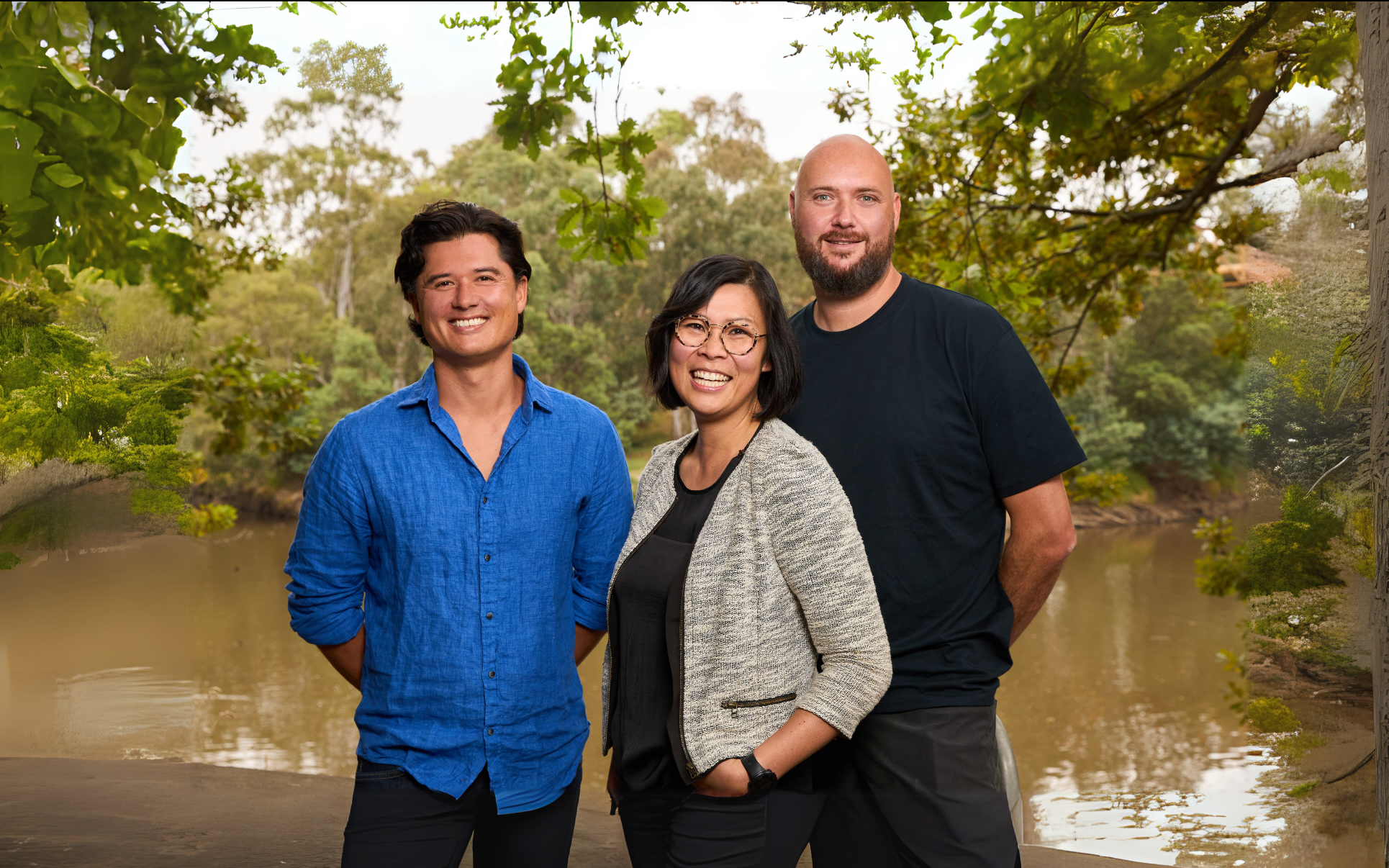The Water Action Decade
Water presents both the world’s greatest resource challenge and one of the greatest opportunities. Inextricable from human survival and sustainable development, water’s place at the heart of the climate crisis simultaneously positions it on the frontier of climate tech development.
This decade, one of our most pressing problems is water scarcity. The United Nations declared 2018 to 2028 to be the Water Action Decade, in an effort to ensure sustainable management of water resources and encourage water conservation. A predicted 40% shortfall in freshwater resources by 2030, paired with the growing global population, is seeing the world march steadily towards a global water crisis. Given half the world’s population currently lives under water stress (with this number expected to rise to two-thirds by 2025) the time to act was yesterday.
In addition to underpinning human health, water can be a source of disaster. Climate change is affecting the hydrologic cycle, leading to more frequent extreme weather events such as floods and droughts. Many of us have lived this ourselves, with the recent devastating floods on Australia's east coast juxtaposed against not-so-distant memories of decades-long drought.
Here’s a few water impact opportunities we are really excited about.
A new wave of water startups
Desalination and filtration
At the current rate of progress, 1.6 billion people will lack access to safe drinking water by 2030. Populations are turning to unconventional water sources in response, with Saudi Arabia already relying on desalination for about 50% of its drinking water. However, the process is not without an environmental cost, as desalination is highly energy intensive and produces harmful wastewater concentrate that can seriously damage marine ecosystems unless properly managed.
Innovative startups are responding to this problem. Desolenator (US) is creating ‘net zero water’ through its renewably-powered desalination systems. It replicates the water cycle by harnessing solar-powered desalination, using both solar-generated heat and electricity, resulting in drastically reduced emissions.
Botanical Water Technologies (BWT) (AU), whose tagline is ‘we grow water’, ‘harvests’ water by filtering and purifying the large amounts of evaporative condensate that is left over as a natural byproduct when fruit and vegetables, including sugar cane, are pressed to extract juice and then evaporated to make sugar or concentrate. BWT estimates that there is up to 3 trillion litres of drinkable water available each year, from over 10,000 food processors, that would otherwise go to waste if not for this process.
On the water filtration front, Glanris’ (US) net-CO2-negative Biocarbon, an activated biochar, removes both organic and dissolved metal contaminants when added to water and wastewater, in addition to its core function of being a soil additive that significantly enhances carbon sequestration. Nuvoe (AU) is also currently running a Kickstarter campaign for its drinking water purification device that uses UV-C light to sanitise your water and water bottle of bio-contamination.
Irrigation efficiency
We are also interested in startups tackling water efficiency in agriculture, given that agriculture irrigation accounts for 70% of freshwater use worldwide and related water shortages are closely linked to food insecurity.
The Virtual Irrigation Academy (VIA) (AU) produces water monitoring equipment that optimises irrigation to increase crop yields with reduced water use, ensuring that water is shared fairly and efficiently. A spinout of CSIRO, VIA is making a significant impact, including across more than 1000 monitoring sites in Malawi. Goanna Ag (AU) is also tackling this problem by using weather data and satellite imagery to identify the ideal time and quantity for irrigation, improving water use efficiency by an average of more than 10%.
Some companies are looking at the food chain from a different angle, completely bypassing irrigation at all. For example, Change Foods (AU) is tackling the water scarcity problem with its animal-free cheese created through precision fermentation. This process uses 10x less water than regular cheese - a significant improvement considering that it takes 14 bathtubs of water to produce enough cheese for your average 100g party platter.
Industrial efficiency
Similarly, over 19% of global water withdrawals are for industrial purposes, and this water could be used far more efficiently.
For example, in the residential construction space, Slurry Tub (AU) makes portable filtering systems to filter the water from concrete slurry and prevent it from being wasted in landfill, allowing the water to be recycled for further industrial use. In materials, Xefco (AU) uses plasma coatings as an alternative to traditional textile dyes, consuming 100% less water than wet-dying processes and using 86% less energy in the process. Meanwhile, Elentec (UK) is using electro-coagulation to recover water from the automotive, municipal sewage, aquaculture, mining, brewing and dairy industries.
Waterless brands
Conserving Beauty (AU) is tackling water waste in consumer products, which is an important mission given that most beauty products are 70% to 90% water, not including water used in the production process. Conserving Beauty estimates saving 3000L to 5000L per product - that is more than 25 bathtubs - and is the first global beauty partner of the Water Footprint Network.
We’ve also seen the rise of waterless body products, including those from Good Time, a Who Gives A Crap (AU) brand, who produce waterless cleansing, shave and body bars. For cleaning a different kind of (auto) body, Wipehero (AU) delivers waterless car cleaning that comes to you, using biodegradable products that save over 300L of water per wash.
Flood management
Extreme weather events also demonstrate the need to build community resilience to an excess of water. Brisbane-based startup FloodMapp’s (AU) data-as-a-service provides live flood forecast mapping up to 7 days before a flood, and real-time flood mapping during an event. This can help people plan evacuations, thereby saving lives and people’s homes. FloodMapp is already partnering with emergency service providers including the Queensland Fire and Emergency Services to help keep people safe.
AquiPor (US) is creating permeable concrete material that allows stormwater to filter through to the ground below, while actively filtering out harmful pollutants. The filtration system works without getting clogged from dirt and debris, and the material can handle up to 25 inches of water every hour, preventing large-scale stormwater runoff that contributes to flash flooding.
Closing thoughts
Given this environment, we expect to see immense growth in new impact businesses centred on the water crisis in all its forms. We are keen to see what developments come next, not least out of necessity, and will continue to keep a close watch.
If you're interested in keeping in touch, subscribe to our Small Steps newsletter. If you're interested in investing with us, check out our investor page.

.JPG)



%20-%20Edited.jpg)


